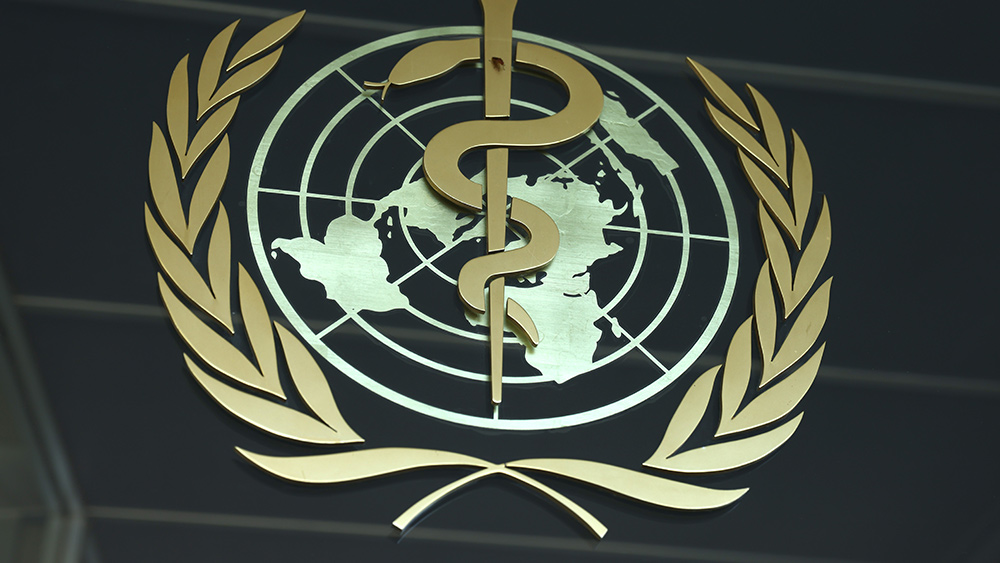
A report by the Rand Corporation that was funded by the National Research Defense Institute and the Office of the Secretary of Defense showed the potential for engineered pathogens to serve as weapons and underscored the importance of countries taking these technologies into account when strategizing and planning.
The report identifies synthetically generated and genomically targeted plagues as one major area of interest.
“Technological improvements, including messenger ribonucleic acid (mRNA) vaccines, the use of CRISPR (clustered regularly interspaced short palindromic repeats) gene sequences as a genetic engineering tool, and advances in BCI (brain-computer interfaces), may shift strategic calculations,” it states.
In the past, biological weapons were not taken very seriously because there was such a big risk of the forces that deploy them sustaining collateral damage. Because pathogens move around so easily, the chances of them affecting those who release them were long considered too high to make this a viable method of warfare.
However, one of the drawbacks of rapid advancements in biotechnology is the evolution of engineered pathogens that can target individuals who have specific genetic markers, which means that certain groups of people could be targeted without causing harm to those deploying these weapons. Moreover, with CRISPR and artificial intelligence technologies growing more cost-effective every day, these types of weapons are expected to be a major focus of weapons development moving forward.
Another reason these weapons are being pursued is the fact that it can be very difficult to trace the source of such pathogens. As a result, these bioweapons would be very attractive to clandestine operations because it would be difficult to identify them and hold them accountable.
The report points out: “In comparison with nontransmissible pathogens, transmissible ones are inherently difficult to attribute to an actor or even to natural versus human causes…[and] have much greater potential for mass casualties and societal disruption.”
The potential of this type of weapon means that security at biosafety labs has never been more crucial. Creating advanced biotechnological weapons requires high-level technology that can be very expensive, which means that many countries, paramilitary operations and terrorist groups will lack the resources to develop them. However, malicious actors could steal the technology from labs in more advanced countries that are working on this type of technology.
A number of biosafety labs have been emerging around the world that are equipped to work with human and animal-borne pathogens. Labs that are capable of handling the world's most dangerous pathogens, BSL-4 labs, are being built in droves, with at least 30 new labs of this classification emerging in Europe since the turn of the century. Meanwhile, Asian countries such as India and the Philippines are building 18 new BSL-3 and BSL-4 labs, and although their research is intended to find solutions to natural pathogens, these institutions do provide a greater number of targets for those looking to steal pathogens.
China warned about threat of genetic weapons
Last fall, China's top spy agency cautioned about the threat of genetic weapons that are capable of targeting specific races. A post by the Ministry of State Security on a Chinese social networking app warned: "If used by individuals or organizations with ulterior motives, genetic weapons can even be developed to kill targets of a predetermined race, thereby selectively attacking targets with specific racial genes."
They added that genetic weapons are a bigger threat than traditional chemical and biological weapons because they are easy to spread, hard to prevent and isolate, and highly concealable.
Sources for this article include:
Please contact us for more information.






















